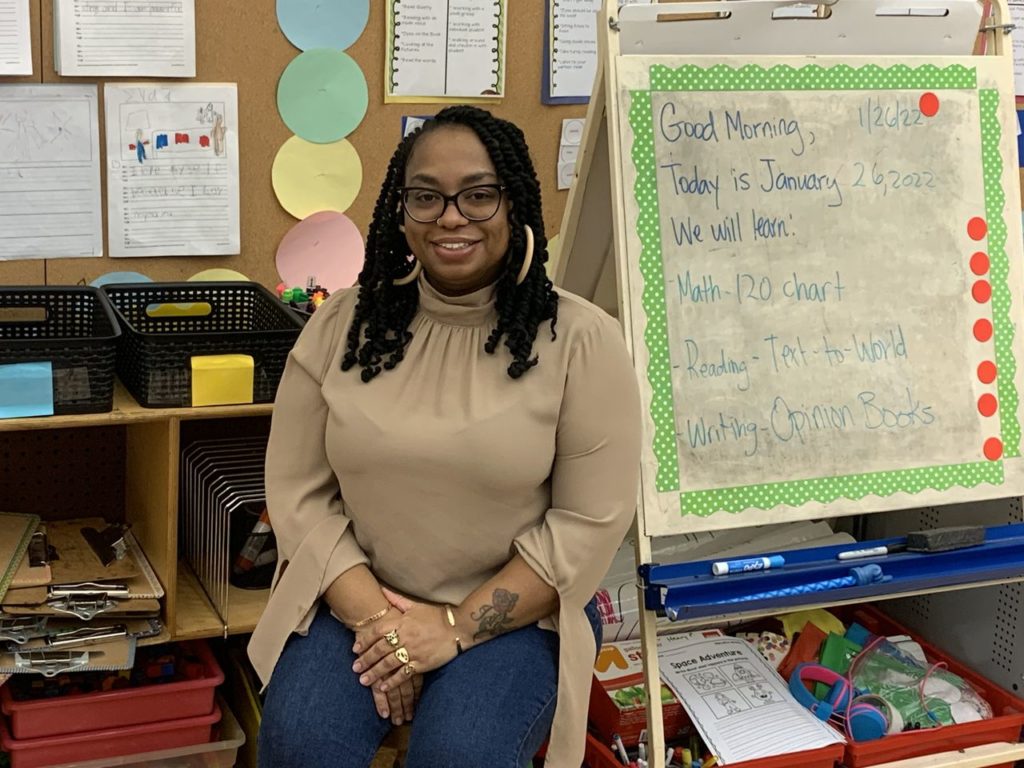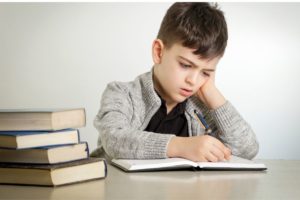Felicia Henderson is a first-grade teacher at Learning Community Charter School in Jersey City. She serves as the head of the Social Justice Coordinate and head of the BIPOC Leadership Committee. This first appeared in Advance Media.
George Floyd’s murder under the knee of a Minneapolis police officer spurred conversations around the country about race and social justice, including in the school where I’m a first-grade teacher.
At Learning Community Charter School in Jersey City, we are a diverse community; 70% of our students identify as Black, Hispanic, Asian or multi-racial. Some 40 languages or dialects are spoken in students’ homes. So it’s no surprise that our students and faculty felt the weight of George Floyd’s death and the subsequent social upheaval that followed.
We decided that we needed to make a change to become an anti-racist organization. We didn’t want racism to be something that we talked about only when it rose to the level as it did with Floyd’s murder, or every year at Black History Month.
To become anti-racist school, it had to become part of our culture in a myriad of ways.
Learning Community decided to create stipend-paid positions of social justice coordinator and Black, Indigenous, People of Color coordinator so there was institutional structure in the school to enact changes. I was appointed social justice coordinator.
I, along with other members of our team, made it our job to reach every staff member and student so they feel heard, understood, and had the resources they need. We knew that we needed to give our staff the tools and resources necessary to be able to communicate with students because conversations about race are never easy. We knew that fostering great conversations within our community would lead to a school that is based on equity.
We started providing professional development for teachers and other staff specifically on social justice issues, using materials from Learning for Justice, a non-profit organization that offers educators ways to promote equity and reduce discrimination in classrooms.
During our professional development workshops, we provided teachers with grade-appropriate lesson plans about social justice topic in four specific domains: identity, diversity, justice and action. Understanding these four domains allows us to tackles current events and answer questions that students have about these events. It allows us to have great conversations with our students.
We’ve also changed our schedule to allow time specifically for social justice and social and emotional learning. We devote two “building block” periods every Wednesday to the topics. This way, teachers have a lot of time during the building block to implement the social justice lessons and engage in dialogue and to read specific stories and literature based on whichever subject that we’re discussing. The feedback from our teachers has been fantastic.
Being able to have allotted time for social and emotional learning and social justice has been very helpful for us to be able to really focus on specific issues. One topic our students are learning about during our weekly building block is designed to broaden their awareness of fairness – and in the upper grades – bias and discrimination.
Younger students read a book called “One Grain of Rice: A Mathematical Folktale,” by Demi. The story, which teaches the concept of doubling, also doubles as a lesson in fairness. Older students have watched “Viva La Causa,” a 2008 documentary produced by the Southern Poverty Law Center about Cesar Chavez’s efforts to organize farm workers in the California grape industry.
We want students to be aware that there are injustices, but we also want to teach them that there are things we can do to help make the world a better place. That aligns with the mission of our school, which was recognized last year by the state Department of Education with a Lighthouse Award for increasing diversity.
The feedback from our parents has been extremely positive.
The parents in our diverse community want their children to understand one another and learn from one another.
As we mark Black History Month in February, it’s important to remember that racism and injustice are with us 365 days a year. The murder of George Floyd and its aftermath taught us that we still have a long way to go to heal the racial divide that continues to separate us.
By taking active steps to become an anti-racists institution and giving our educators the tools and resources they need to foster tough conversations, we are beginning on the long and arduous road to healing.



